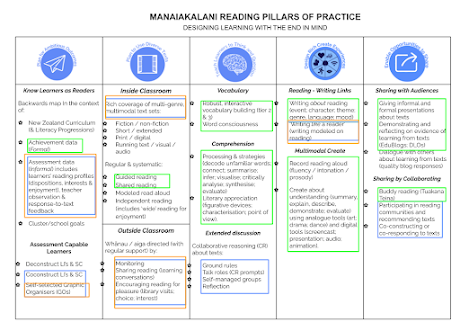Oh yeah, it's that time of year again!
Reports can be a challenge whether changing schools or with changes of staff. Everyone seems to have their favourite go-to comments and those phrases they would rather not see.

The hardest part of writing reports is trying to sum up what a child is like. It is personal and depends so much on the relationship you have with the child and their whanau. We are making a judgment on their personality, from our point of view.
Mathematics, Reading, Writing and Inquiry are so much easier as they are based on empirical data, learning intentions and outcomes, whether they have been achieved or not.
While writing reports, I continue to reflect: Have I done enough for this child? What else could I have done? Could I have done it better?
Here are a few of my favourite ideas for general comments:
Over the years, I have found writing about the key competencies easier too.
TKI has some great ideas.
Sentence beginnings for everything else include...
'Remember not to be too fluffy. Reporting is not about adjectives and adverbs but facts about learning.'
I try not to repeat a sentence starter in a box on the same subject or curriculum area. The phrase .... needs to.... makes me think I should have done more, or why didn't I teach him that?
I also notice as students get older, the phrase "beginning to ..", how do I know if they are beginning or if they have been trying to do that for a while?
Another sentence beginning I question, "would benefit from..." (yes they probably would but, I hate being told what to do with my children, so why would someone else what me to tell them how to raise theirs?
Don't get me wrong, I do give it to the parents straight. If "Fred" is a little sod, I would have talked to parents throughout the year and they will expect to see it in the report.
Try to focus on things they can practise or what they are going to learn next as these are important. I want the parents to feel they have a choice in how they can help as they know their 'kiddywinks' best and what they can do at home.

 The hardest part of writing reports is trying to sum up what a child is like. It is personal and depends so much on the relationship you have with the child and their whanau. We are making a judgment on their personality, from our point of view.
The hardest part of writing reports is trying to sum up what a child is like. It is personal and depends so much on the relationship you have with the child and their whanau. We are making a judgment on their personality, from our point of view.
